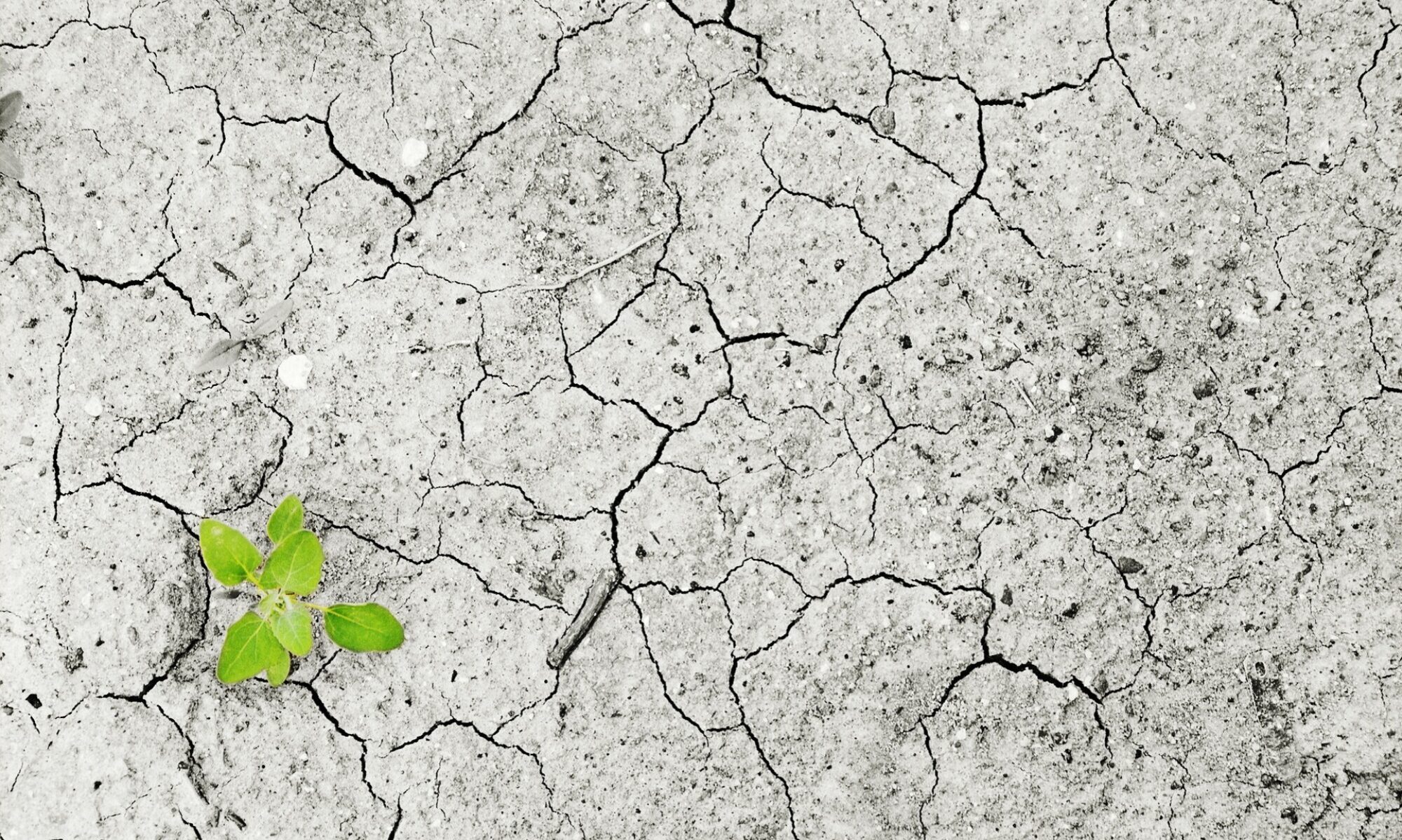15 November 2021 – by Nikunj Bhimsaria
Melting ice shelves, cyclones, floods, wildfires – these are the visuals that come to mind when thinking about climate change. Increasingly, the global community is also realizing the impact of rising temperatures on the world’s poor and most vulnerable communities. But the future could be bleaker still – scientists opine that wars of the future could be fought over resources made scarce due to climate change.
Conflict over natural resources is not a new phenomenon. The United Nations Environment Programme (UNEP) suggests that in the last 60 years, at least 40% of all intrastate conflicts had a link to natural resources. Since 1990, at least 18 violent conflicts have been fueled by the exploitation of natural resources, whether high-value resources like diamonds, gold and oil, or scarce ones like fertile land and water. That being said, increasing numbers of climate-linked disasters, including desertification, more frequent and intense droughts, heavier rains, and flash floods have only added to existing tensions. An international group of scholars has recently concluded that severe climate change will lead to more conflict in the future. According to a 2014 report authored by a group of more than a dozen retired U.S. generals and admirals from the armed forces, climate change poses a serious threat to U.S. national security and is becoming a “catalyst for conflict” in vulnerable areas. This is not to say that the link between climate change and armed conflict is well understood. Disentangling higher temperatures, drought and sea-level rise from other factors, such as bad governance, corruption, existing ethnic tensions and economics, is difficult. But researchers do believe that even if climate change won’t initiate conflicts in the future, it could serve as a ‘threat multiplier’ and exacerbate crises.[4]
A recent report from the European Commission’s Joint Research Centre used advance machine-learning algorithms to identify five hotspots for potential conflicts where multiple countries shared the same water body. The hotspots identified were the Ganges-Brahmaputra region, where the water flows through Bangladesh and India; the Colorado river, which runs through the United States and Mexico; the Indus region, which has water bodies separating India and Pakistan; the Tigris-Euphrates, which flows through Turkey, Syria, Iraq, Iran, and Kuwait; and finally, the Nile that runs through 11 African countries. Lack of water across these water bodies could intensify existing tensions among countries and bring about social unrest.
For example, Egypt, Sudan, and Ethiopia all depend on inflow from the Nile and have long exchanged political blows over the $5bn upstream Great Ethiopian Renaissance Dam (GERD) project. Egypt relies on the Nile for 90 per cent of its water needs while Sudan is highly vulnerable to droughts due to alteration of the river’s behavior. The in-progress dam will be able to bring electricity to over 50 per cent of Ethiopians who currently do not have it and also enable Ethiopia to control the flow of the Blue Nile, a major tributary of the Nile. When the Ethiopian government announced plans to press ahead with the project, Egypt and Sudan held a joint war exercise in May 2021, pointedly called “Guardians of the Nile.” The situation has perhaps the highest risk of spilling into a water war of all the disputes in today’s political landscape, but there are several other hotspots around the world.
Solutions to averting resource conflicts vary depending on a multitude of factors – sometimes resolution requires diplomacy, whereas other instances require innovative infrastructure projects. As climate change and growing human populations continue to compound the problem of resource scarcity around the world, bespoke solutions will become ever more necessary to stop conflict.

Nikunj Bhimsaria is a consultant currently working for a climate focused philanthropy. In the past, he has worked as a business strategy consultant across various sectors and has also volunteered for various non-profits. His undergraduate background is in Engineering from BITS Pilani.
Interested in human-environmental ecosystems and how they adapt to climate change, Nikunj has been part of various climate adaptation projects. He is committed to mainstreaming climate issues by combining research with human narratives.



